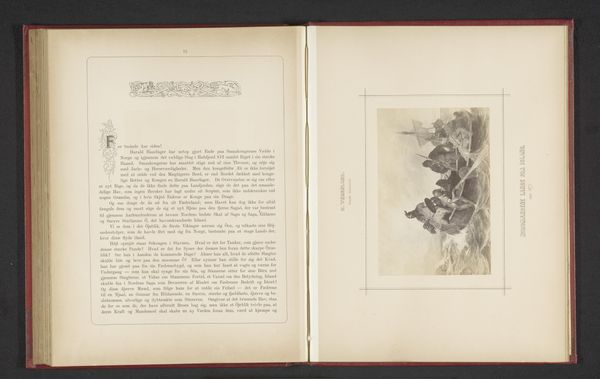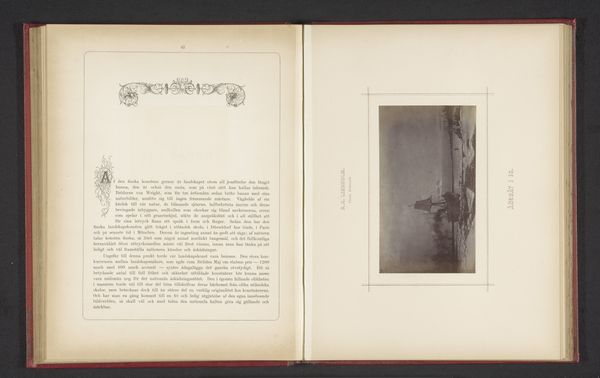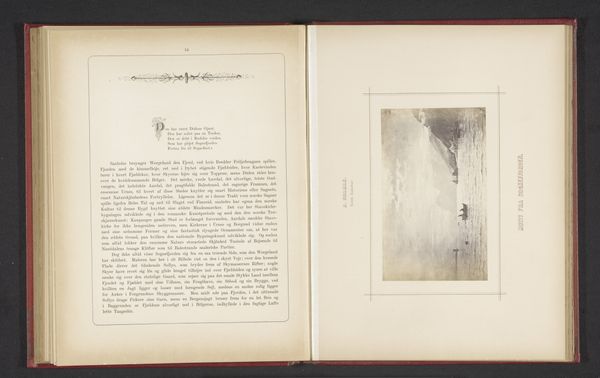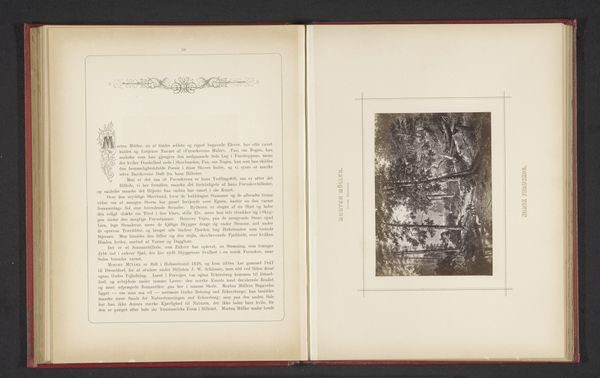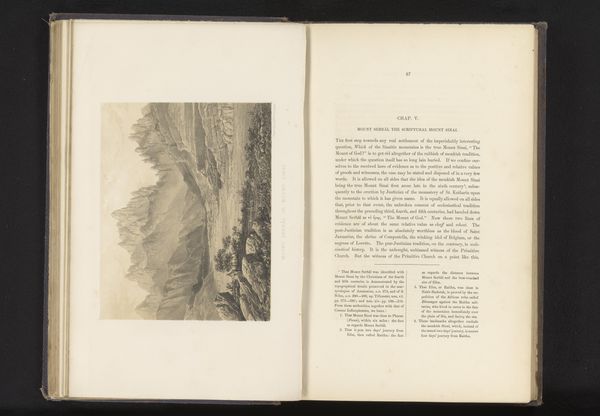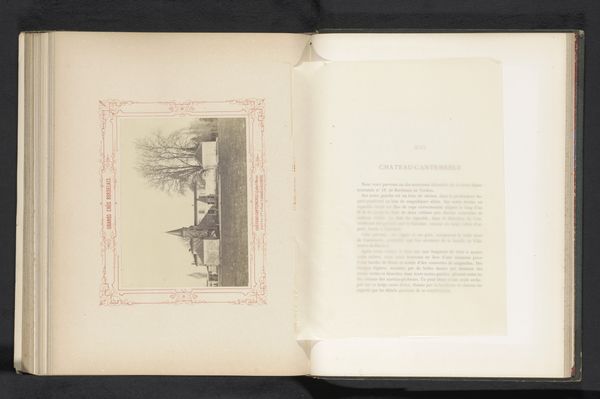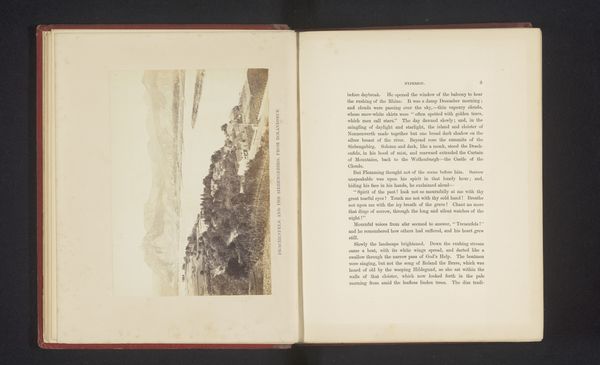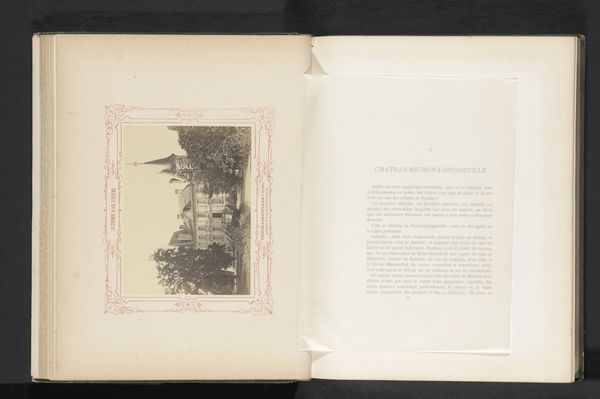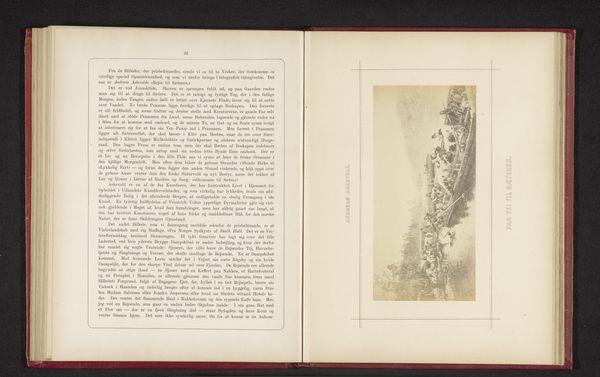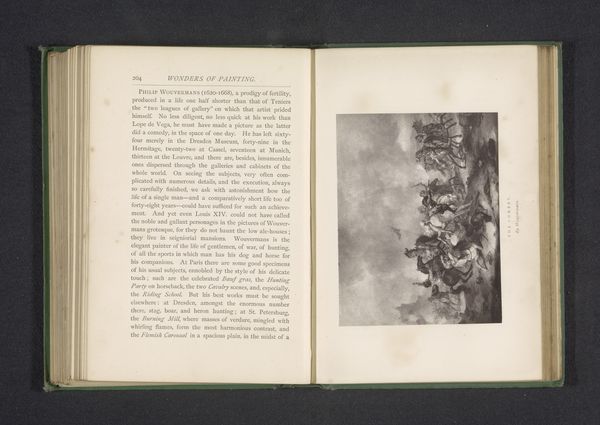
Fotoreproductie van een schilderij van een allegorie op het voorjaar door Julius Kronberg before 1878
0:00
0:00
Dimensions: height 175 mm, width 90 mm
Copyright: Rijks Museum: Open Domain
Editor: Here we have a photographic reproduction of Julius Kronberg’s "Allegory of Spring," likely made before 1878. It's fascinating to see the layers of reproduction already present here: a photograph of a painting. What stands out to me is how this process impacts our reading of the original allegory itself. What do you think? Curator: Precisely. This photographic reproduction offers us a unique lens through which to examine the hierarchy of art forms prevalent in the late 19th century. Consider the labor involved: Kronberg, the 'artist,' versus the photographer, whose craft is seen as secondary. But isn’t the printing process itself a form of material manipulation, creating something new? How does this affect our understanding of "authenticity," or even the value placed on original artwork? Editor: So, the act of reproduction itself becomes part of the story. The availability of images shifts the way people interact with art, making it more accessible but potentially diluting its "aura." Curator: Exactly. The means of production also speak to a broader social context: the rise of mass culture, photography’s democratization of image consumption. This challenges traditional boundaries between ‘high art,’ like painting, and reproductive media, such as photography. And, isn't the allegorical content itself shaped by these same socio-economic forces? Consider, for instance, who would have had the access to view this imagery in its original painted form versus reproduced as a printed photo in a bound book such as this? Editor: That's a great point, I never thought about it this way, with focus on social implications! Thanks, I feel like I have a new appreciation for what reproduction can tell us about art history. Curator: And I think that reflecting upon access will push conversations beyond art's rarified history.
Comments
No comments
Be the first to comment and join the conversation on the ultimate creative platform.
